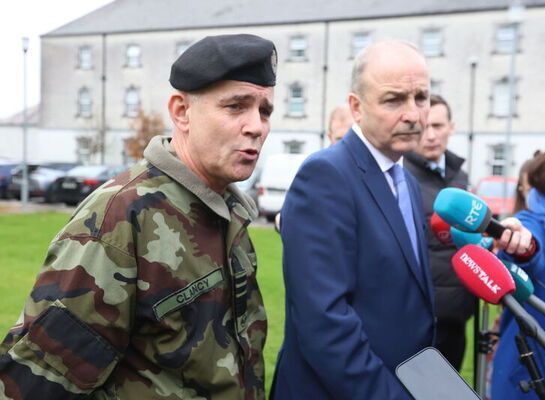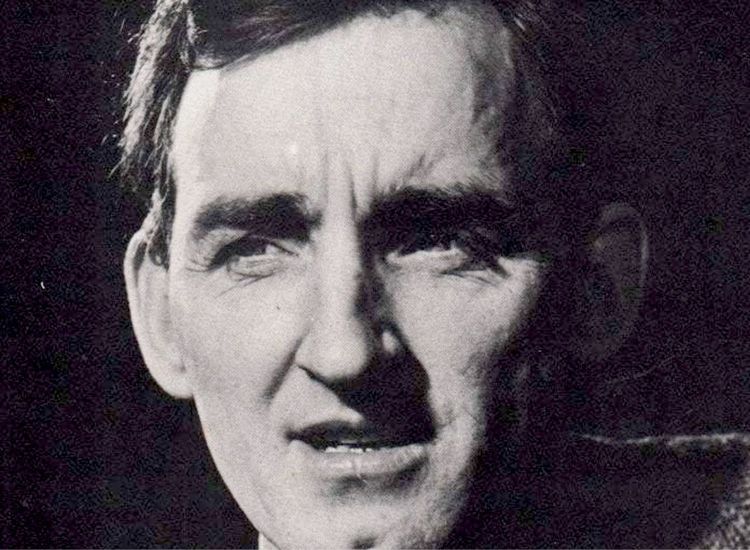“You talk to me of nationality, language, religion,” Stephen Dedalus declared in Portrait of the Artist as a Young Man. “I shall try to fly by those nets.” In response, one of his nationalist friends asked Stephen the bottom-line question “Are you Irish at all?”
According to the most recent Irish census that question is answered in the affirmative by no less than 23% of citizens who identify as non-white Irish. The number of Irish citizens born abroad increased in 2022 and now accounts for 12% of the population.
The biggest non-native groups come from Poland and the UK followed by India, Romania, Lithuania, and Brazil. In 2021, the year preceding the census, over 89,000 people moved to live in Ireland, with India and Brazil leading the way.
How do the people feel about the big infusion of foreigners into the country? A 2020 Economic and Social Research Institute study revealed a gap between the public and private perceptions and attitudes toward minority groups in Ireland. The results showed that 66% openly support more black people coming into the country. However, this number dropped to 51% when those questioned were assured of anonymity.
These days Irish people need plenty of these, especially when it comes to buying a home.
Similarly, 59% offered a welcoming hand to Muslims with a small decrease to 53% when the respondents were assured that their answers would never be revealed.
Ireland has a diversified workforce and significant research shows that an open and inclusive policy with immigrants enhances worker satisfaction and company profitability.
A major study by McKinsey and Company published in 2020 surveyed 1000 employers across fifteen countries, including Ireland. Companies rated in the top quarter for fostering inclusion and diversity outperformed those in the bottom 25%, using the sole criterion of company profitability.
In this area, the 2019 Diversity and Inclusion Survey Report found that all of the Irish companies surveyed stressed their high priority for inclusiveness in their business planning and performance.
Census 2022 reveals a total population of 5,149,139, the highest since 1851 and 8.1% more than five years previously. The number holding dual citizenship has increased by a hefty 63% during the same time period.
The Irish census has an unusual feature that allows the person completing it to include a time capsule with a message that will be stored securely for a century. About one in five census fillers availed of this opportunity with Cork people providing proportionately the biggest number of wisdom capsules for the people in 2122.
Housing accommodation has become a major problem in Ireland and throughout most EU countries and the United States. The average age at which people purchase their own home has risen to 36, and there is a significant increase in the number of families living in rented accommodation.
The average weekly rent in Ireland rose by a hefty 37% to 273 euros increasing in some cities to as high as 442. Not surprisingly, the number of adults living with their parents has gone up by 14% since the last census in 2016.
More than 25,000 adults living with their parents are unpaid carers. This should be seen in conjunction with the fact that about one in five of the population has a disability of some sort. Overall, the number of people providing regular unpaid care in the home has increased by 50% since the last census.
Catholic Ireland is dead and gone. This is confirmed in a comparison between the numbers in 2016 asserting that they have no religion and today where that figure has increased astronomically by 187%.
Not surprisingly, the 2022 census results show a drop from 79% to 69% of citizens identifying as followers of the Roman version of Christianity. The stories of serious abuse by official church bodies added to the recurring publicity of deranged sexual behavior by individual priests and brothers have left Catholic institutions with a serious credibility problem.
Up to the end of the last century, tobacco use was an integral part of Irish culture. Around half of the people smoked Players or Carrolls or Sweet Afton. Today, 80% of the Irish population never smoked or are ex-smokers. Of the small percentage still puffing, males outnumber females by one-third.
The significant increase in Irish longevity over the last three decades may well relate to this significant change in the Irish lifestyle – the upward movement in this area in just the last five years comes to 15 months.
Those interested in the revival of Irish as a spoken language will be pleased that a significant 6% more use Gaelic now than in 2016, the date of the last census. We have moved away from the perception of a native language confined to minority communities on the west coast from Kerry to Donegal. It is no longer a badge of inferiority, but fluency is now widely seen as a desirable cultural accomplishment.
Datheangacas, an easy facility with Irish and English, can no longer be relegated to a distant dream of committed Irish nationalists. For growing numbers, it is a matter of pride and a clear statement to their colleagues in Europe that we have our own language with a long cultural history.
The Irish census has an unusual feature that allows the person completing it to include a time capsule with a message that will be stored securely for a century. About one in five census fillers availed of this opportunity with Cork people providing proportionately the biggest number of wisdom capsules for the people in 2122.
The overall picture provided by the 2022 census is a positive one including a fair level of optimism for the future and quiet pride that Ireland is now one of the most stable and progressive countries in Europe.
Different from William Butler Yeats who more than 100 years ago, in his poem September 1913, expressed a dark and depressing view of the Ireland of his time. He was particularly critical of what he observed as the excessive religiosity of many people and the dominance of “greasy till” capitalists with no interest in the finer things of life. He bemoaned in memorable lines the passing of heroic and noble exponents of past Irishry.
And Robert Emmet and Wolfe Tone,
All that delirium of the brave?
Romantic Ireland’s dead and gone,
It’s with O’Leary in the grave.
Gerry O'Shea blogs at wemustbetalking.com










